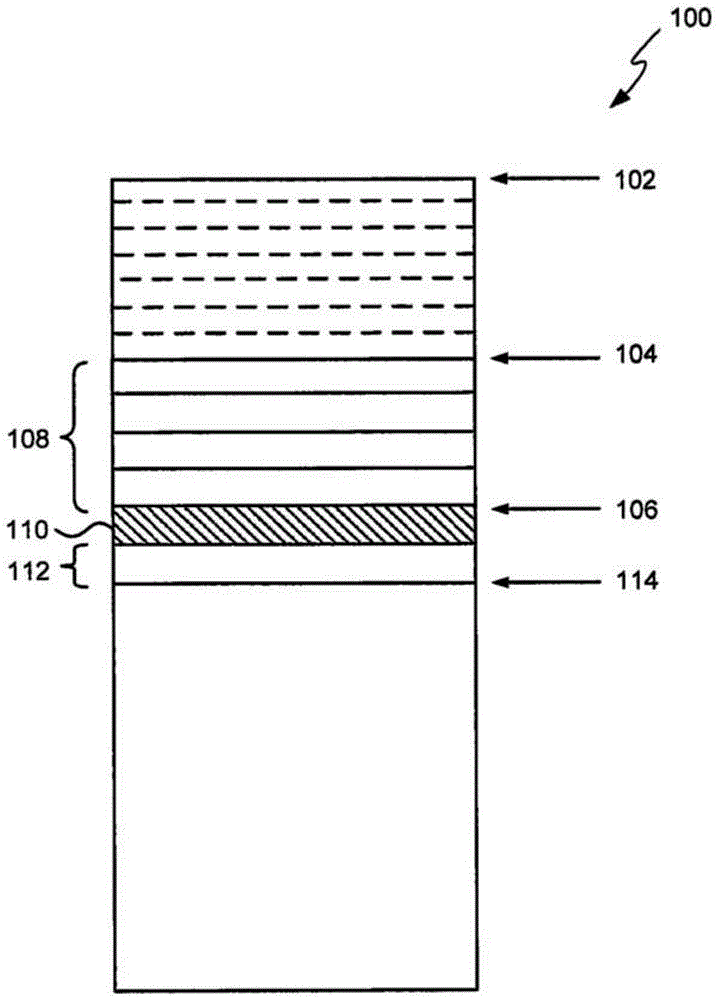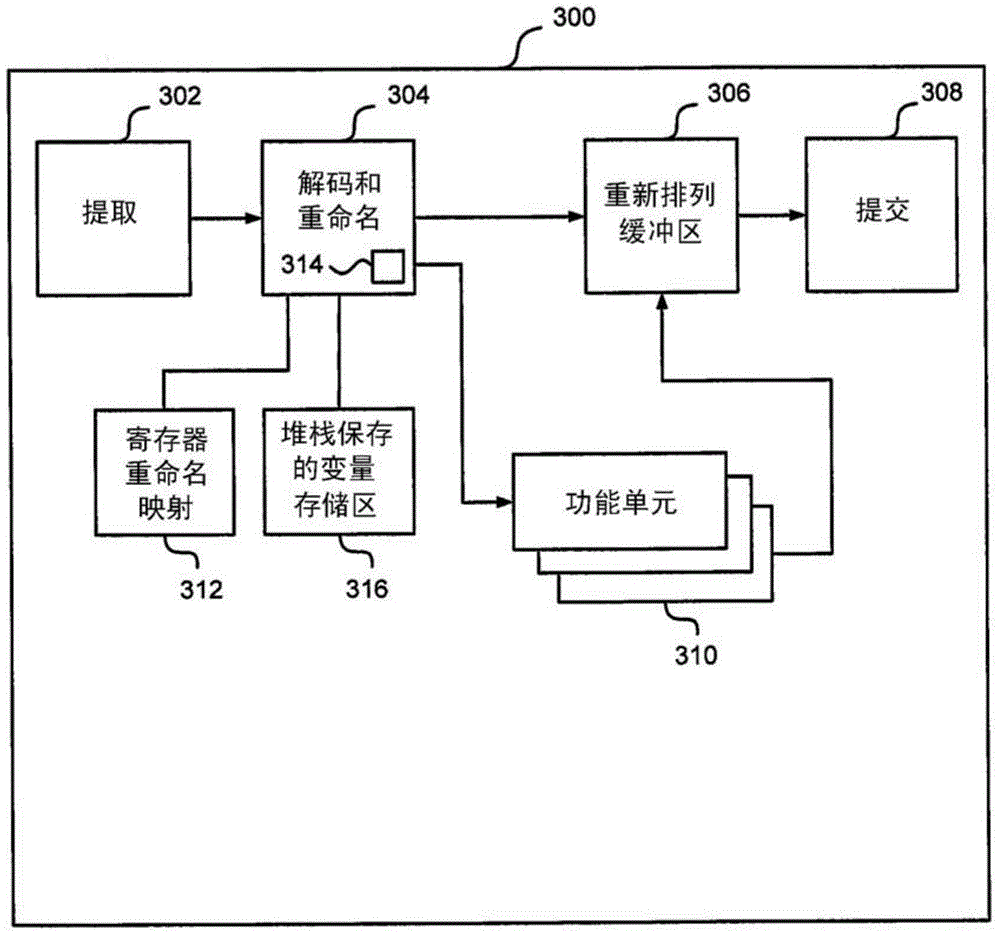Stack saved variable pointer value prediction
A stack and variable technology, applied in register devices, memory address/allocation/relocation, instruments, etc., can solve problems such as impossibility and changing instruction set size
- Summary
- Abstract
- Description
- Claims
- Application Information
AI Technical Summary
Problems solved by technology
Method used
Image
Examples
Embodiment Construction
[0033] Embodiments of the present invention are described below, by way of example only. These examples represent the best mode currently known to the applicants to put the invention into practice, although they are not the only ways in which the invention can be practiced. The description sets forth the functionality of the example and the sequence of steps used to build and operate the example. However, the same or equivalent functions and sequences can be performed by different examples.
[0034] As mentioned above, there are a limited number of virtual registers in a processor, and therefore some variables stored in registers may need to be saved to the stack to free the virtual registers.
[0035] A stack is a data structure commonly used to provide a temporary storage area for use by a program, and is implemented as a last-in-first-out (LIFO) data structure (which may alternatively be referred to as a first-in, first-out FILO data structure), making strict Data are rem...
PUM
 Login to View More
Login to View More Abstract
Description
Claims
Application Information
 Login to View More
Login to View More - R&D
- Intellectual Property
- Life Sciences
- Materials
- Tech Scout
- Unparalleled Data Quality
- Higher Quality Content
- 60% Fewer Hallucinations
Browse by: Latest US Patents, China's latest patents, Technical Efficacy Thesaurus, Application Domain, Technology Topic, Popular Technical Reports.
© 2025 PatSnap. All rights reserved.Legal|Privacy policy|Modern Slavery Act Transparency Statement|Sitemap|About US| Contact US: help@patsnap.com



